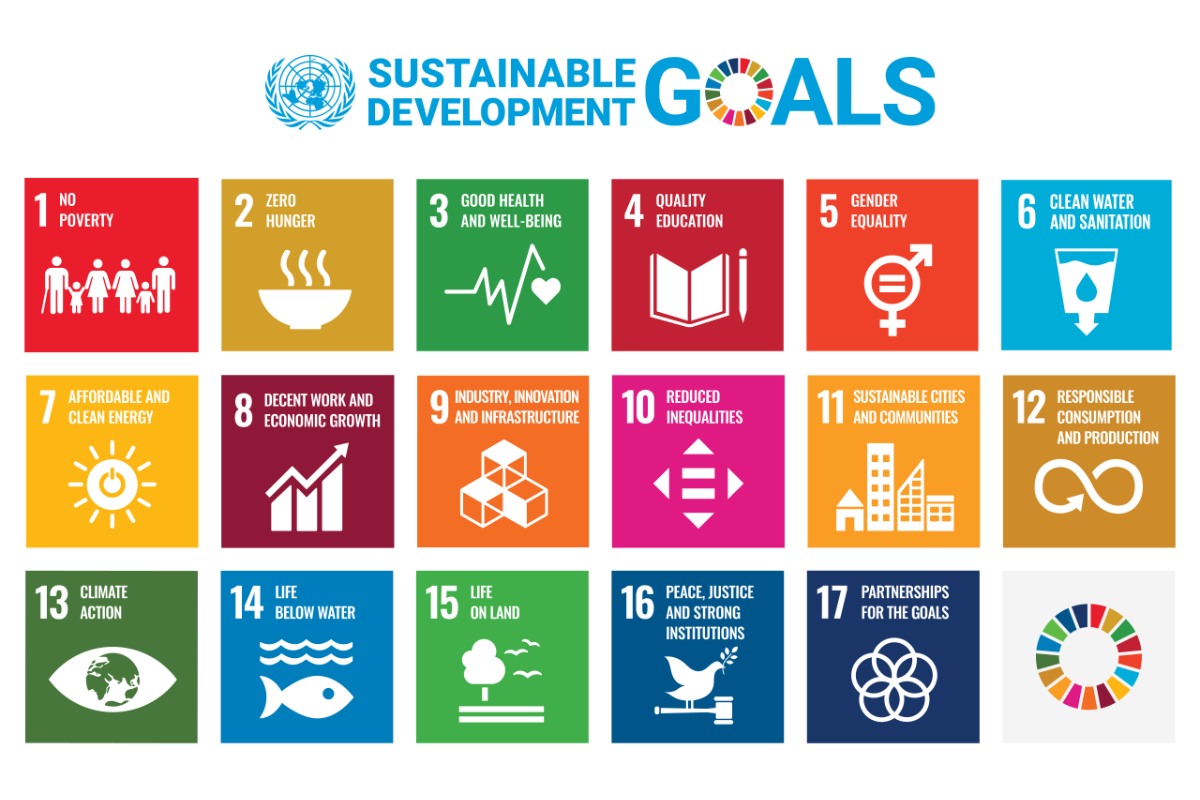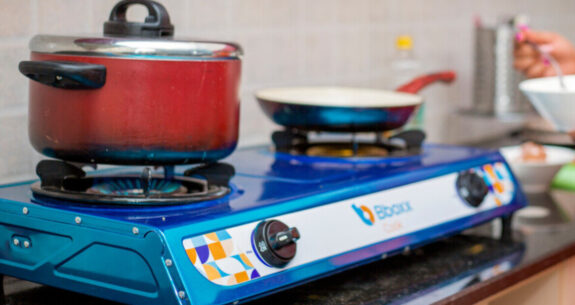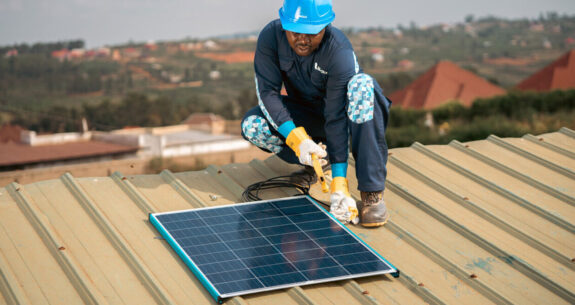Are the UN’s Sustainable Development Goals actually achieving what they set out to do?
The short answer is: no.
With 2030 rapidly approaching, and targets getting further beyond our reach, it will take a bucket-load of re-evaluation, perspective, and delivery to get back on track.
The SDGs were originally devised back in 2015. UN Member States agreed on 17 ambitious and far-reaching goals with 169 sub-targets, and the 2030 Agenda became a blueprint for all nations to jointly focus in a bid to create global peace and prosperity. What is now often conveniently forgotten is that these goals are not dissimilar to the preceding eight Millennium Development Goals, which ran from 2000 to 2015. Ironically, even with less than half the number of goals to contend with, these failed due to unfulfilled commitments, insufficient resources and a severe lack of accountability.
And so, I think it’s high time we admit that the SDGs have tripped and fallen into a similar fate as their predecessors, leaving those in developing countries the hardest hit by our collective failure of prioritisation.
Since the SDGs were established, the world has become increasingly unstable and international unity is in short supply. With a global pandemic, international conflict, and economic disasters, it’s easy to understand why. Peace and prosperity seem, as I write today, a distant pipedream. It’s 2024, and we are past the halfway point of the 2030 Agenda, meaning that it’s time for us to wake up and realise that ultimately, as a consequence of poor objective setting, headship, and unity, the SDGs have failed.
Last year, The Sustainable Development Progress Report showed that we are “far off track,” with only 12 per cent of SDGs listed as “on track.” Incredibly, of the 169 targets, data is only available for 140. What could or should that missing data be telling us? I would suspect that the targets with missing data were never measurable in the first place. In business, the most effective goals are specific, measurable, attainable, realistic and time bound (SMART), and the SDGs fail on at least three of these metrics. This is one of the reasons that the SDGs have failed: poor goal management – a lack of direction and prioritisation inevitably prompts inaction. Were these quantifiable or realistic goals to start with, or were they simply foresights fixed in fantasy? The stats suggest the latter.
SDG 1 states that poverty should be ended in all its forms everywhere, but current trends show that “only 30 per cent of all countries will achieve SDG 1 on poverty by 2030”. This projection is disheartening, but hardly surprising. Development Finance Institutions (DFIs) have played an unconvincing role since the SDGs were introduced and are seemingly guided less by fulfilling their intended goals than they are by financial returns. On the surface, DFIs may have created impact in the renewable energy space (SDG 7), contributed to economic growth (SDG 8), and impacted climate action (SDG 13), but the findings show that countries with ‘national development priorities’ including Ethiopia, Ghana and Kenya, are being inadequately funded.
So where does this leave eradication of poverty? Ending the poverty crisis is not just as straightforward as handing over money to underserved communities, it’s about equipping them with the right tools to improve their financial independence. Through the deployment of essential products and services, Bboxx has made it one of our goals to support communities with unreliable access to the grid. Take our solar home systems for example: off-grid solar energy is cheaper and cleaner for powering homes – and for many it provides energy access for the first time. Bboxx ensures that individuals from poorer communities can pay for what they need. Access to energy means access to opportunity and, so far, Bboxx has positively impacted the lives of 3.6 million people and has unlocked economic growth which means that more than 67,000 people can support an enterprise. The result? More than USD$183 million additional income has been generated from our products. As a company, Bboxx is taking steps to tackle a specific aspect of poverty – access to essential products and services like energy – to transform lives and households for the better. We need to see more examples of how the SDGs are being fulfilled for us all to take operational action.
Now, don’t get me wrong – Bboxx is unwavering in its commitment to advancing its mission to alleviate poverty and address specific aspects of societal well-being, and we are actively working towards the fulfilment of multiple Sustainable Development Goals (SDGs), with a focus on SDG 1 (No Poverty), SDG 3 (Good Health and Well-being), SDG 4 (Quality Education), SDG 5 (Gender Equality), SDG 7 (Affordable and Clean Energy), and SDG 8 (Decent Work and Economic Growth). We fully agree with the principle of the SDGs. But the point is that the goals themselves are nebulous and lack a clearly defined strategy for reaching them.
Admitting failure is no easy feat, but failure shows that lessons can indeed be learnt. Since we’re past the halfway point in the 2030 Agenda, I believe that member states have two options: either they sit down, reassess the goals in order of priority and break them down into manageable chunks, or they accept that, due to unforeseeable global turbulence, we have ultimately outgrown the existing SDGs and need to implement different goals – preferably ones that are not just time-bound but specific, measurable, attainable, and realistic. We need goals which can be properly owned rather than ones which have become an own goal.


